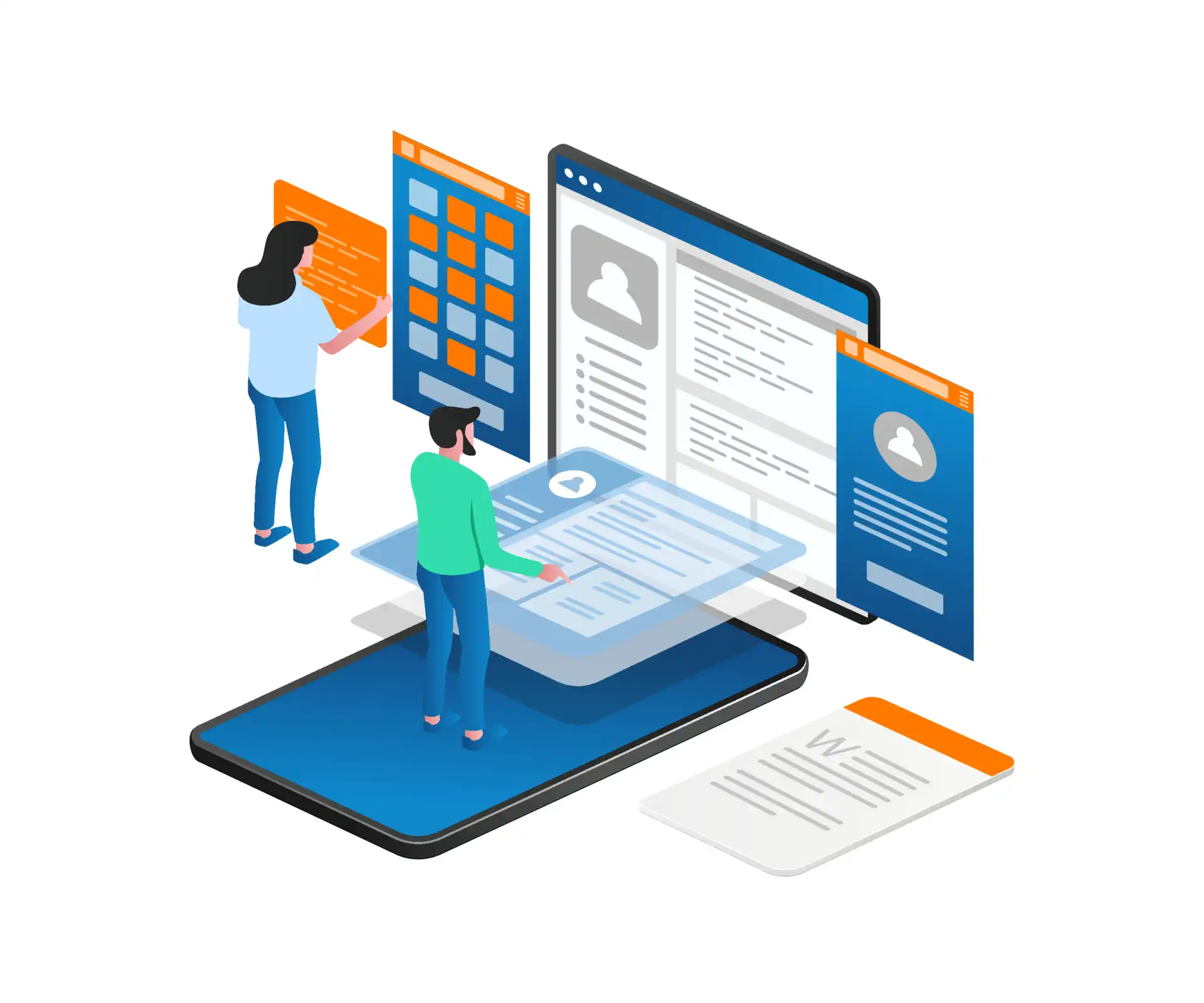Any website should incorporate personalization because it can enhance user engagement and experience.
Based on the information provided by the logged-in user, WordPress makes it simple to customize the content and functionality of your website. We’ll look at how to get logged-in user information in WordPress for personalized results in this blog post.
Step 1: Check if the User is Logged In
Before you can retrieve the user’s information, you need to check if the user is logged in. You can use the is_user_logged_in() function to do this.
if ( is_user_logged_in() ) {
// Code to retrieve user information goes here.
} else {
// Code for non-logged-in users goes here.
}
Step 2: Retrieve User Information
You can retrieve the user’s details once you’ve verified that they are logged in. For this reason, WordPress has several functions like get current user id(), wp get current user(), and get userdata ().
$user_id = get_current_user_id(); // Retrieves the ID of the current user. $user_info = wp_get_current_user(); // Retrieves an object containing the current user's information. $user_name = $user_info->user_login; // Retrieves the current user's login name. $user_email = $user_info->user_email; // Retrieves the current user's email address. $user_data = get_userdata( $user_id ); // Retrieves an object containing all of the current user's data.
Step 3: Use User Information for Personalization
Once you’ve obtained the user’s data, you may utilize it to tailor the information on your website and its features. For instance, you may present a personalized welcome greeting, show material or offers that are relevant to the user, or give specialized navigation options based on the user’s role or preferences.
if ( is_user_logged_in() ) {
$user_info = wp_get_current_user();
echo 'Welcome back, ' . $user_info->user_login . '!'; // Displays a personalized welcome message.
// Code to display user-specific content or features goes here.
}
Conclusion
The user experience and engagement of your website can be greatly enhanced by personalizing it based on the information provided by the logged-in user. You may quickly obtain the user’s information by following the instructions in this blog article and using it to tailor the features and content on your website. So go ahead and give it a shot to discover how your WordPress website can profit from customised results! more info Contact Us







No comment yet, add your voice below!